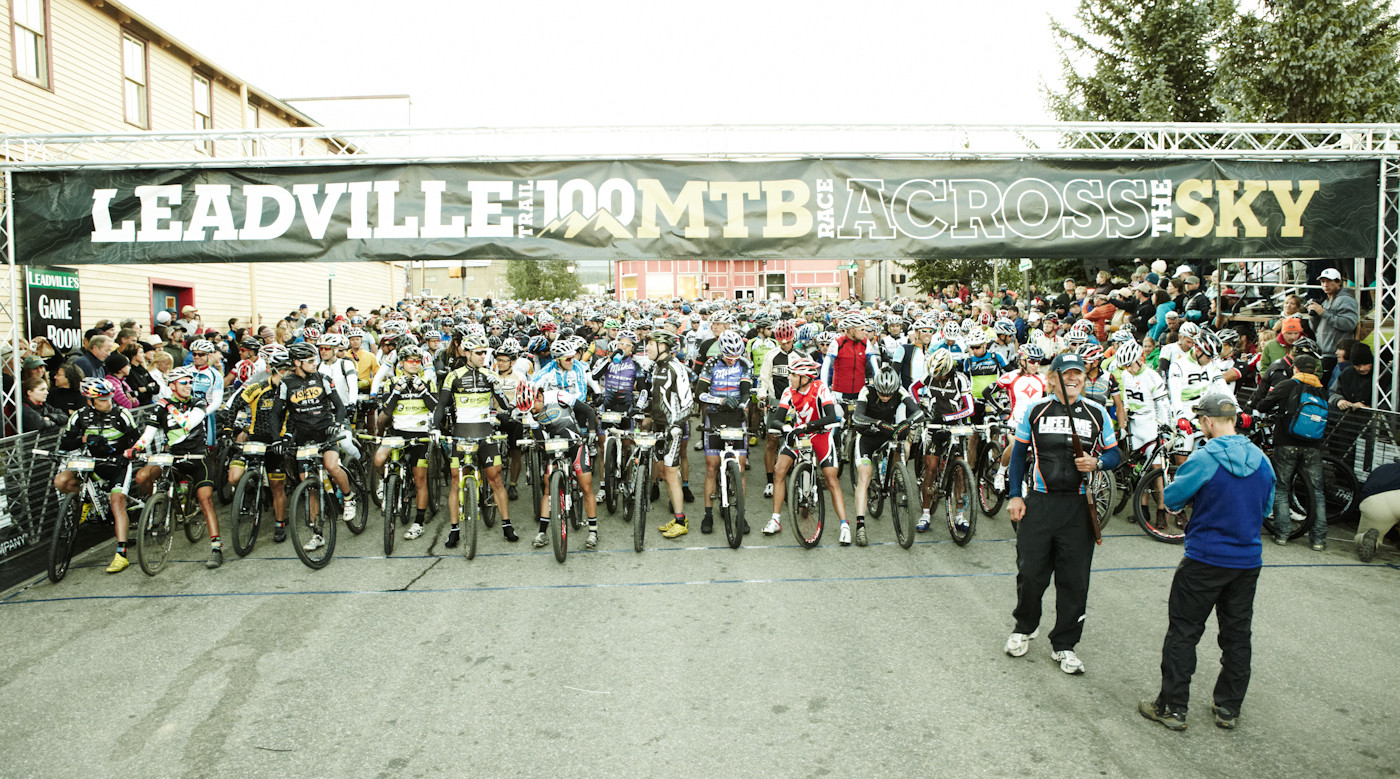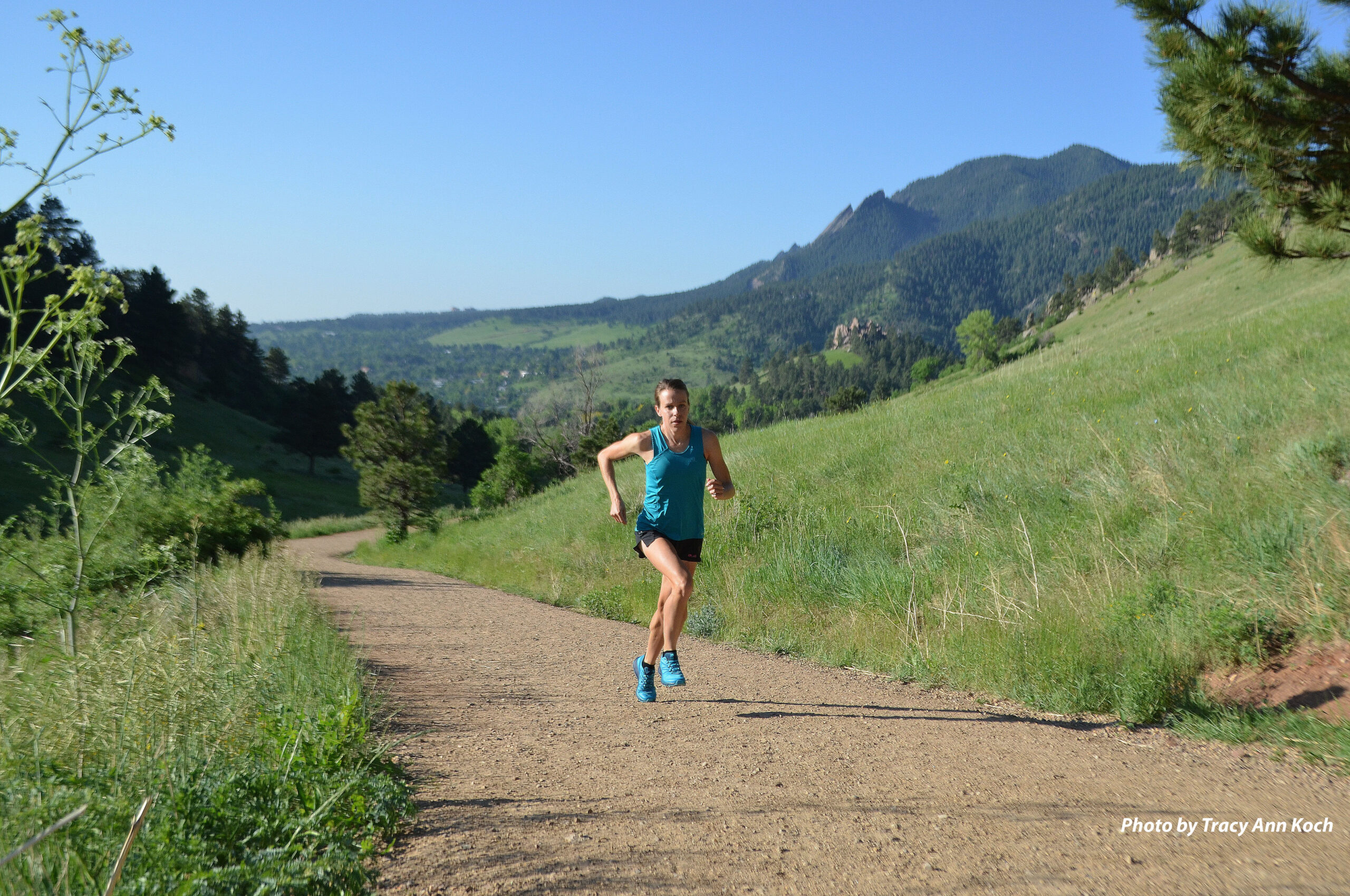Dispatches from Columbine — Dave Wiens Answers Your Questions
As you get closer to your long day in the saddle, Dave Wiens weighs in with answers to more of your pressing questions about training and racing. In this issue, he covers training for the climbs, long rides and tire types.
What are some exercises you can suggest, on or off the bike to boost performance on long climbs?
First and foremost, you should be doing specific hill training on your bike as you can. Where you live and/or train will determine how close you can approximate the long climbs of the Blueprint for Athletes Leadville Trail 100 MTB course. If you have a variety of long climbs where you train, by all means, ride these hills. The climbs at Leadville run the gamut from moderate paved or relatively smooth dirt (lower Columbine and St. Kevins inbound) to steep, nasty and rocky (upper Columbine and Powerline), so if you have access to a variety of types of climbing, I will always suggest that you train on all of it.
If you only have short climbs or flats, you’ll have to make do with what you have. Both flats and short climbs are prominently featured in the LT100 course, so these sections might end up being your strengths. If you don’t have long climbs, riding the flats hard is some of the best preparation that you’ll have as, just like on long climbs, you must constantly be pedaling hard. Hiking uphill is the best cross training I can think of for climbing on a bike, but I would never replace riding hills with hiking them. I do suggest finding hills that aren’t rideable and pushing your bike up them. You’ll likely be doing some of this in the race and it will help your on-the-bike climbing, too.
In summary, there is no substitute for riding your bike. Unless you cannot ride or have a bunch of extra time beyond your planned weekly training, I don’t suggest anything other than riding to improve your performance on long climbs.
Which type of tires are best for this course?
I prefer a mid-weight, tubeless 2.2-width tire with lower profile knobs. Mud isn’t an issue on this course as the soil is mainly rocky and with ample pavement and smooth dirt riding, I don’t want to be pushing aggressive knobbies around all day. Some riders will choose an ultra lightweight tire and these are fast; however, it’s a big gamble as this course has plenty of sharp, blasted rock left over from the mining days. A ripped sidewall can end your race in a flash. My tire of choice on this course is the Continental Race King 2.2 Protection.
How long should my longest ride be, and how far in advance of the LT100 should I do it?
This is one of the most frequently asked questions that also doesn’t have a nice, tidy answer. It’s a classic, “it depends,” situation. Personally, I don’t suggest duplicating the difficulty and duration of the LT100 in preparation. During my best LT100s, my longest ride was usually about ten days before the race and it was 80 to 90 miles on pavement, on my race bike with slicks, with total vertical of climbing being around 5,000 to 6,000 feet (in the LT100, you’ll climb more than 12,000 vertical feet.) Long, off-road rides for me then were 4 to 5 hours with 5,000 to 7,000 feet of climbing.
My feeling is that the LT100 is a stretch goal – the longest, hardest day of the season. In the past, I have equaled or even gone beyond the distance and difficulty of the LT100 in training and then, rather than being stronger and faster for the race, I was flat and didn’t have a great day. I felt that I had wasted the effort that I needed for the LT100, both physically and mentally, on a training ride. I’ll suggest that your longest ride be around 75 to 80% of the finishing time that you are targeting for the LT100 and that it happens at least 10 days before the event. But remember, this is only a suggestion, everyone has different circumstances. There are no hard and fast rules for this, or much else that has to do with training for the LT100. And that is what keeps us coming back for more!


